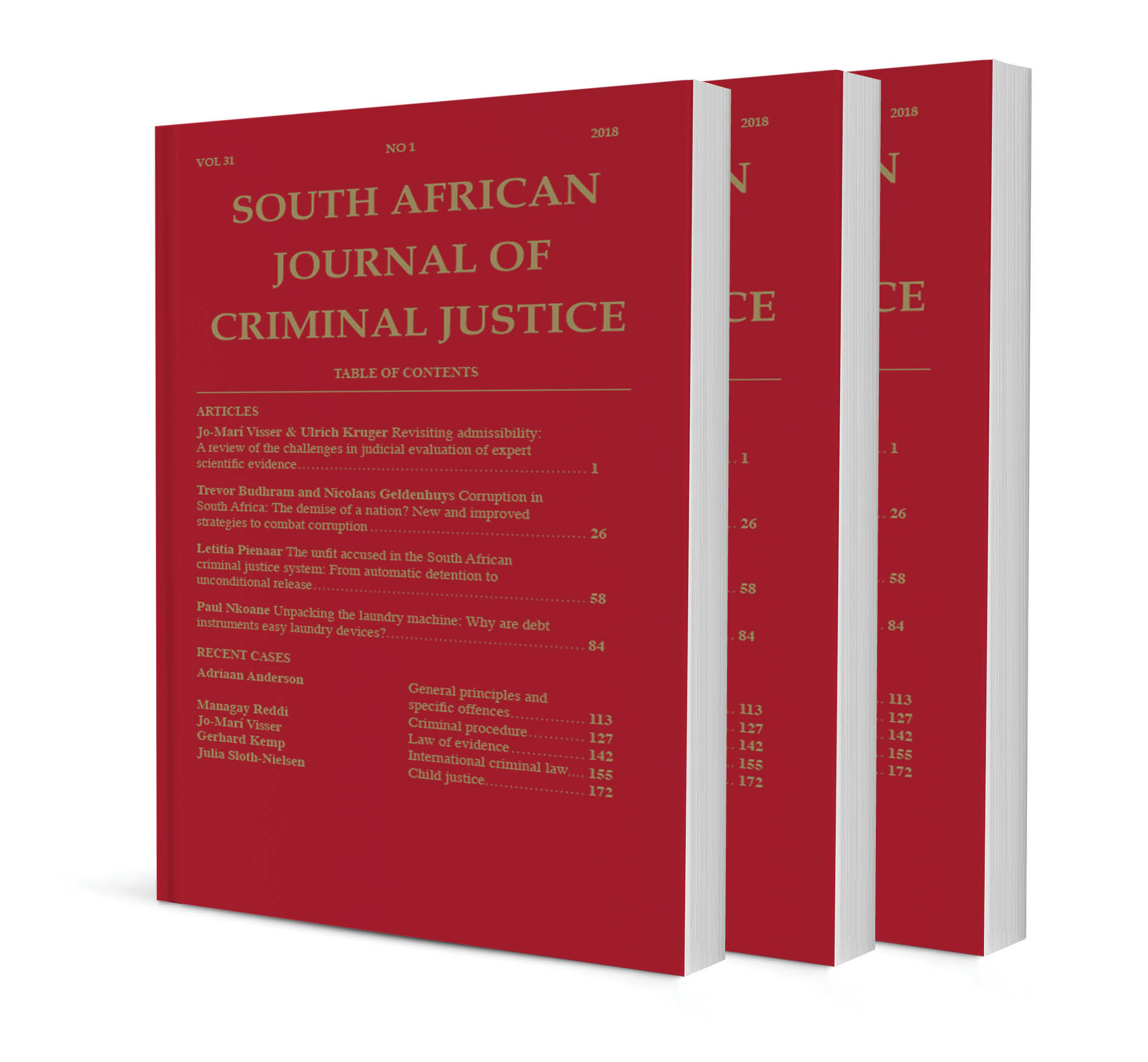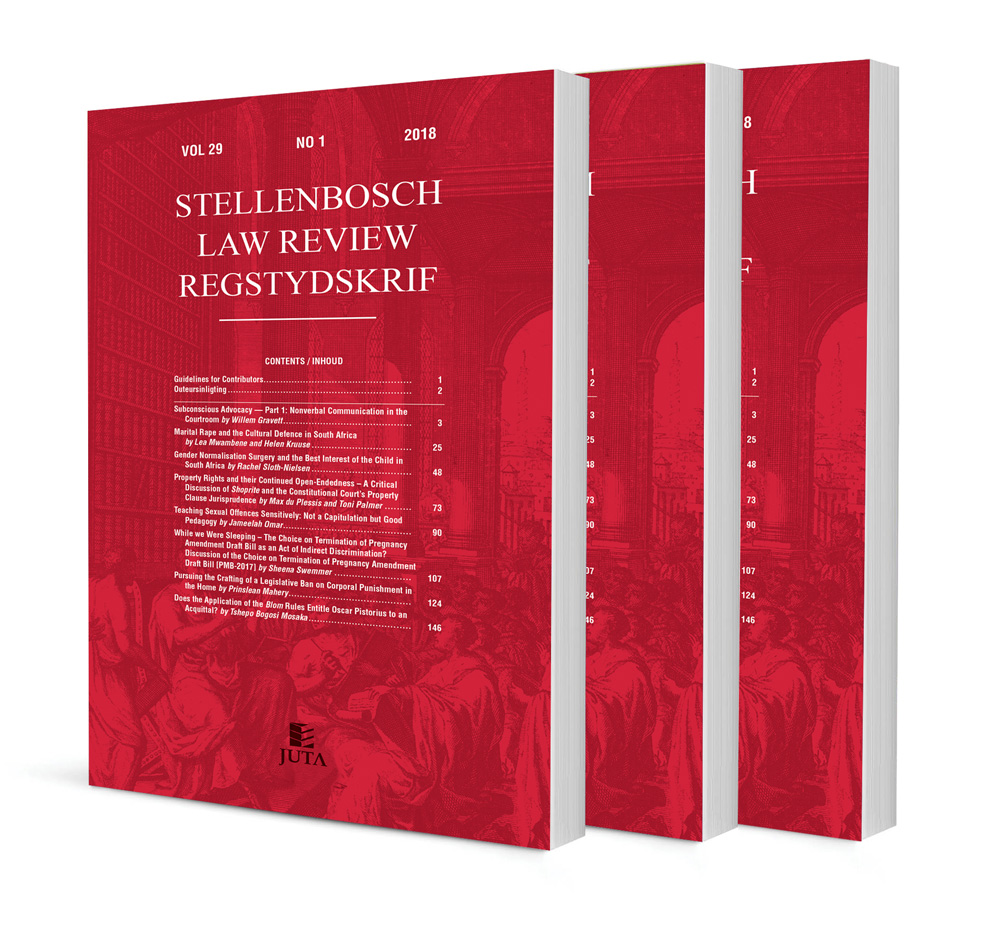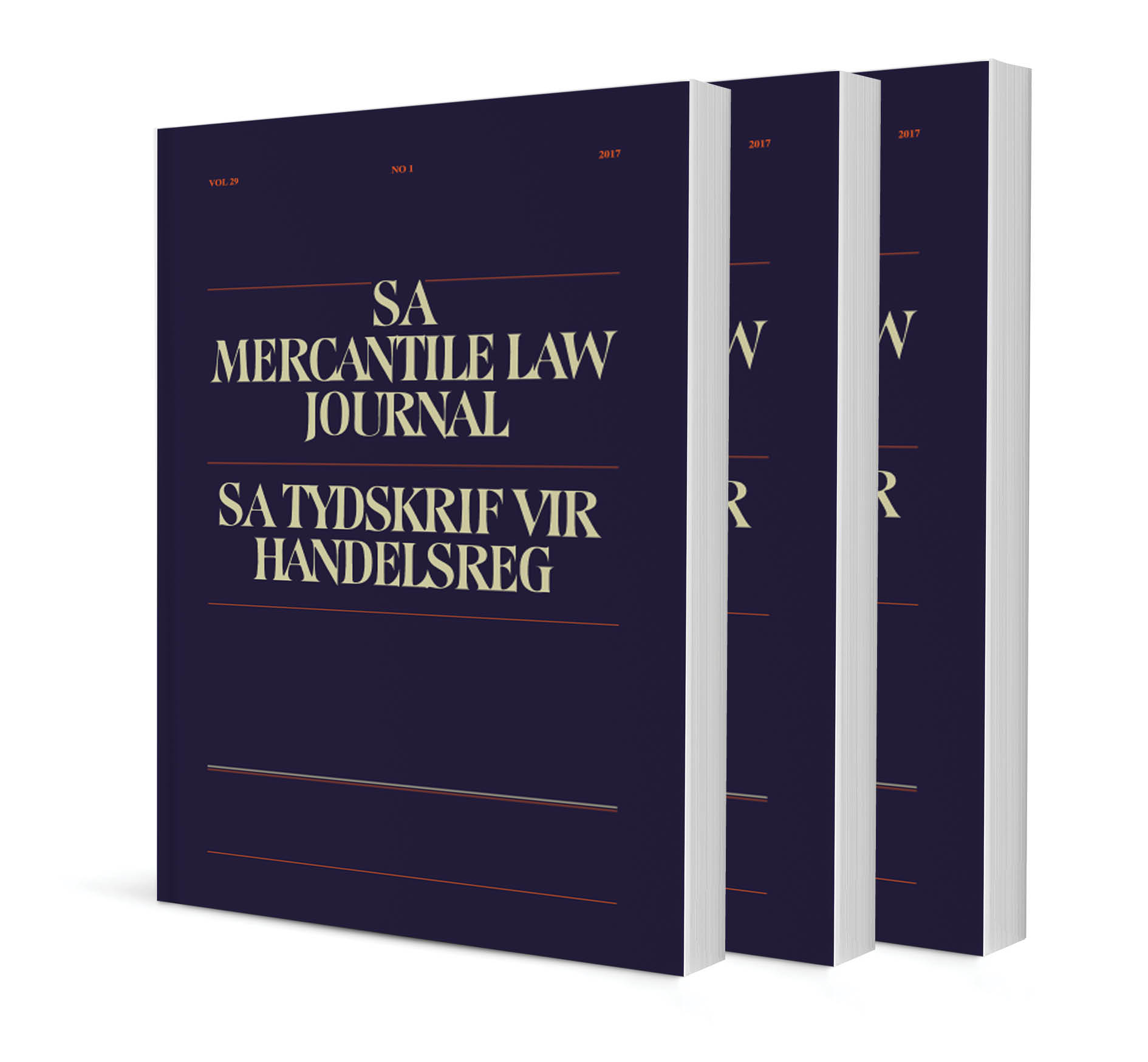Abstract
Section 29(1)(a) of the Constitution of the Republic of South Africa, 1996 provides everyone with the right to a basic education. However, the exact meaning of a “basic education” as protected in this section has been rather uncertain as it is not defined in the Constitution or any legislative document. In Governing Body of the Juma Musjid Primary School v Essay 2011 8 BCLR 761 (CC), the Constitutional Court accepted that basic education includes, at a minimum, schooling from grades 1 to 9. In AB v Pridwin Preparatory School 2020 5 SA 327 (CC), Nicholls JA held that an educational institution which does not offer secondary or tertiary education, provides those attending the institution with a basic education. Several policy documents refer to basic education as the General Education and Training phase of schooling, which consists of schooling from grades 1 to 9. Given the uncertainty surrounding the exact ambit of a basic education, both in case law and legislation, the Constitutional Court in Moko v Acting Principal of Malusi Secondary School 2021 3 SA 323 (CC) had to answer the question “where does basic education end and further education begin?” The court’s decision provides clarity on the meaning of a basic education as protected in section 29(1)(a). This decision is to be welcomed given the importance of the right as a direct and unqualified right, and for its transformative potential. However, there is now a misalignment between the understanding of a basic education protected in section 29(1)(a) and several policy documents issued by the Department of Basic Education. This misalignment may lead to further confusion regarding the meaning of the right to a basic education and potentially negatively impact the realisation or fulfilment of the right. This note will consider the court’s decision, particularly in relation to its finding to the question posed above.


